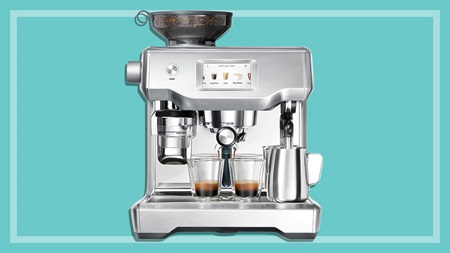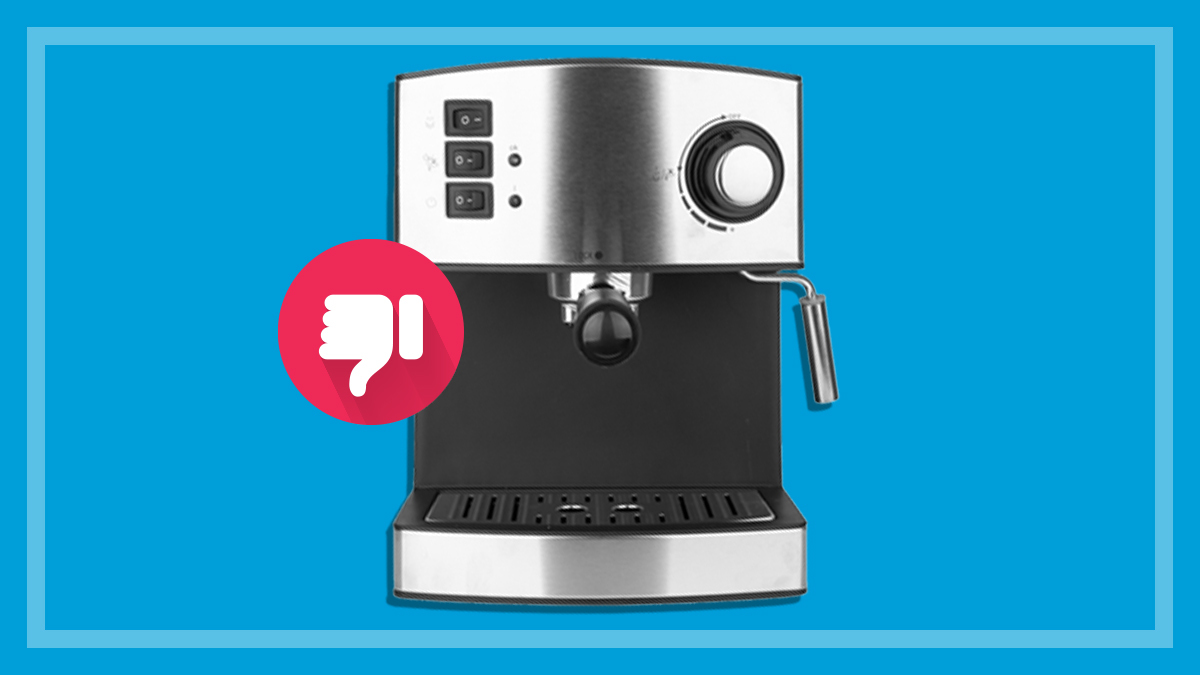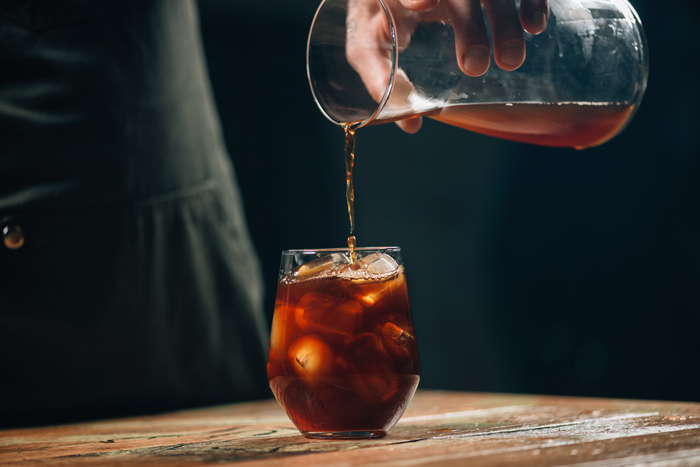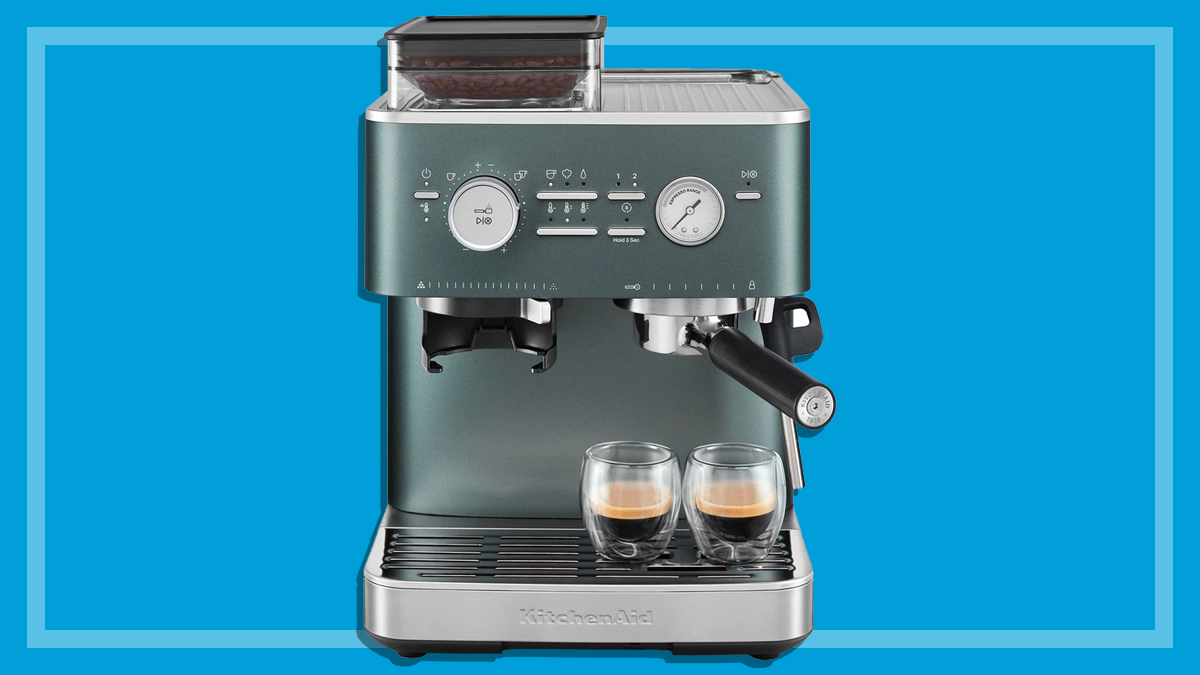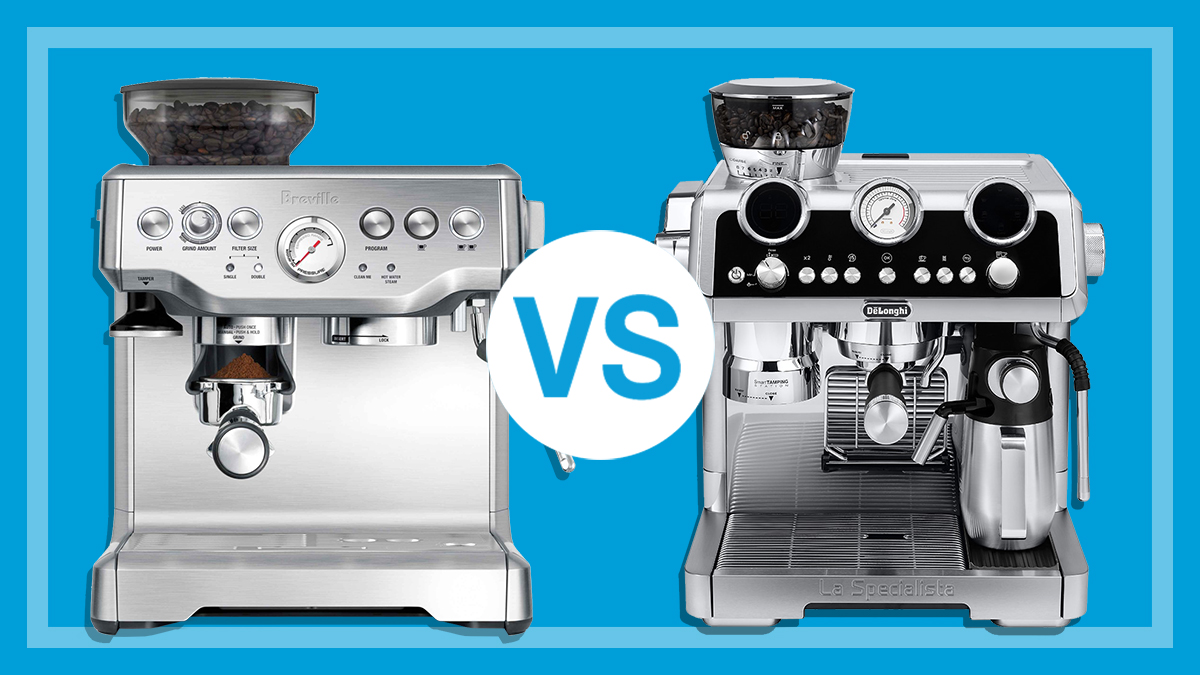Get our independent lab tests, expert reviews and honest advice.
5 things we learned in our latest coffee machine tests
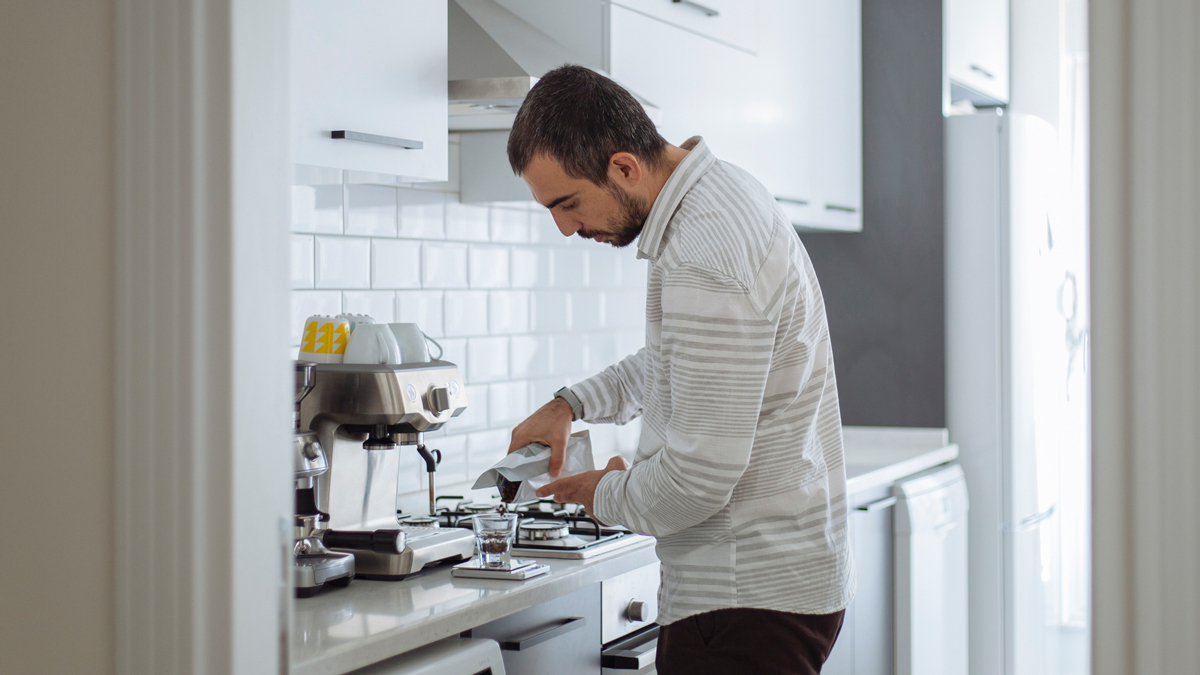
As the cost of living continues to rise, more and more of us are switching away from expensive cafe coffees to at-home brews.
If you’re contemplating taking the plunge into DIY coffee, the amount of information out there can be overwhelming.
Fortunately, CHOICE experts test lots of coffee machines each year, so they’re always across fancy new features and methods of coffee making. You can rely on their expertise to help you cut through the information overload to find the best coffee machines for your needs.
Here’s what our experts found in the most recent round of coffee machine testing.
1. Adding milk makes pod machine espresso taste better
Pod or capsule machines are convenient and generally cheaper than their manual or semi-automatic counterparts. But what you gain in convenience, you’ll likely lose in the flavour of your espressos.
Our testing regularly reveals that espressos from a pod machine just can’t hold a candle to those made on a manual machine. We explain why: Pod vs manual machines: which score better on taste?
Adding milk can greatly improve the taste by masking or at least reducing some of the negatives of pod machine espressos
But while you may not get an award-winning espresso from a pod machine, adding milk can greatly improve the taste by masking or at least reducing some of the negatives of pod machine espressos, such as bitterness, acidity and under- or over-extracted coffee.
Play around with the coffee-to-milk ratio to see what works best for your palate.
And of course, if you’re already happy with the espressos from your pod machine, keep doing what you’re doing – everyone’s taste buds are different and the most important thing is that you enjoy your coffee.
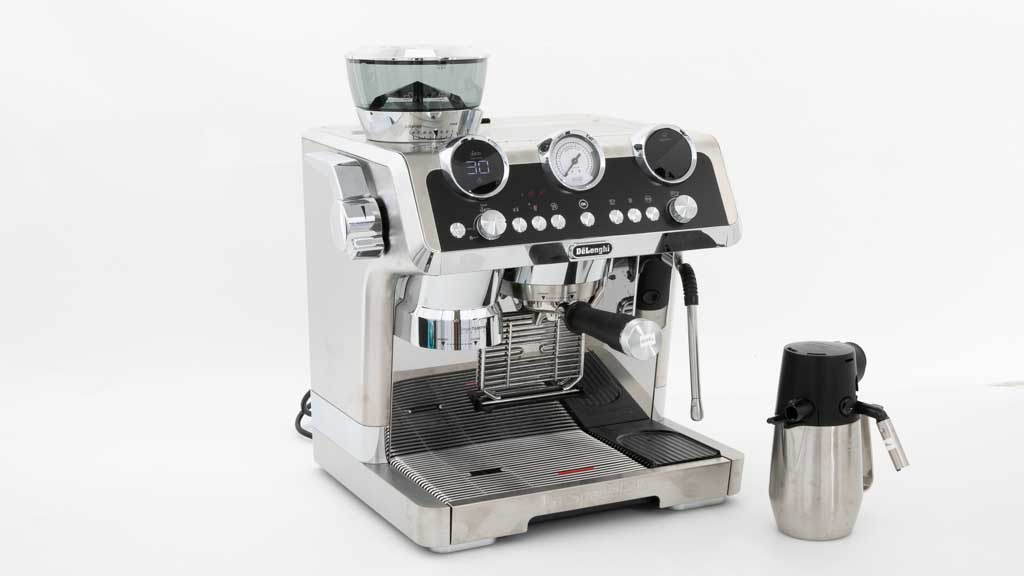
2. Cold brew features are so hot right now
Good news for cold brew lovers – now you can enjoy cold brew at home, not just at the cafe.
Our experts are increasingly testing coffee machines that have cold brew functionality along with regular options.
Machines such as the fully automatic Jura Giga 10 and Jura Z10 and semi-automatic DeLonghi La Specialista Maestro can pump out cold brew coffee in as little as five minutes, in addition to hot espressos and other drinks. (The Giga 10 and Z10 both have more than 30 different coffee settings!)
But does home espresso machine cold brew taste as good as cafe cold brew? Stay tuned: we’re currently brewing a taste test to see how they compare.
3. Decaf coffee might taste better at home
If you’ve ever tried to trade in your daily coffee for a decaf version, you might’ve been disappointed with the result – but you probably assumed it was part of the trade-off.
The thing is, decaf should taste the same as your cafe coffee, just without the caffeine. If you’re getting a tasteless decaf brew at a cafe that normally delivers cracking coffee, you shouldn’t necessarily blame it on the lack of caffeine.
Your decaf flat white is likely made from beans that have been sitting around for a while – or even from pre-ground coffee that’s past its prime
Since most people seek out cafes specifically for a caffeine hit, your local coffee shop probably doesn’t go through much decaf each day. That means that your decaf flat white is likely made from beans that have been sitting around for a while – or even from pre-ground coffee that’s past its prime.
So before you give up on decaf, try grinding some fresh beans at home. You might be pleasantly surprised by your non-caffeinated cuppa.
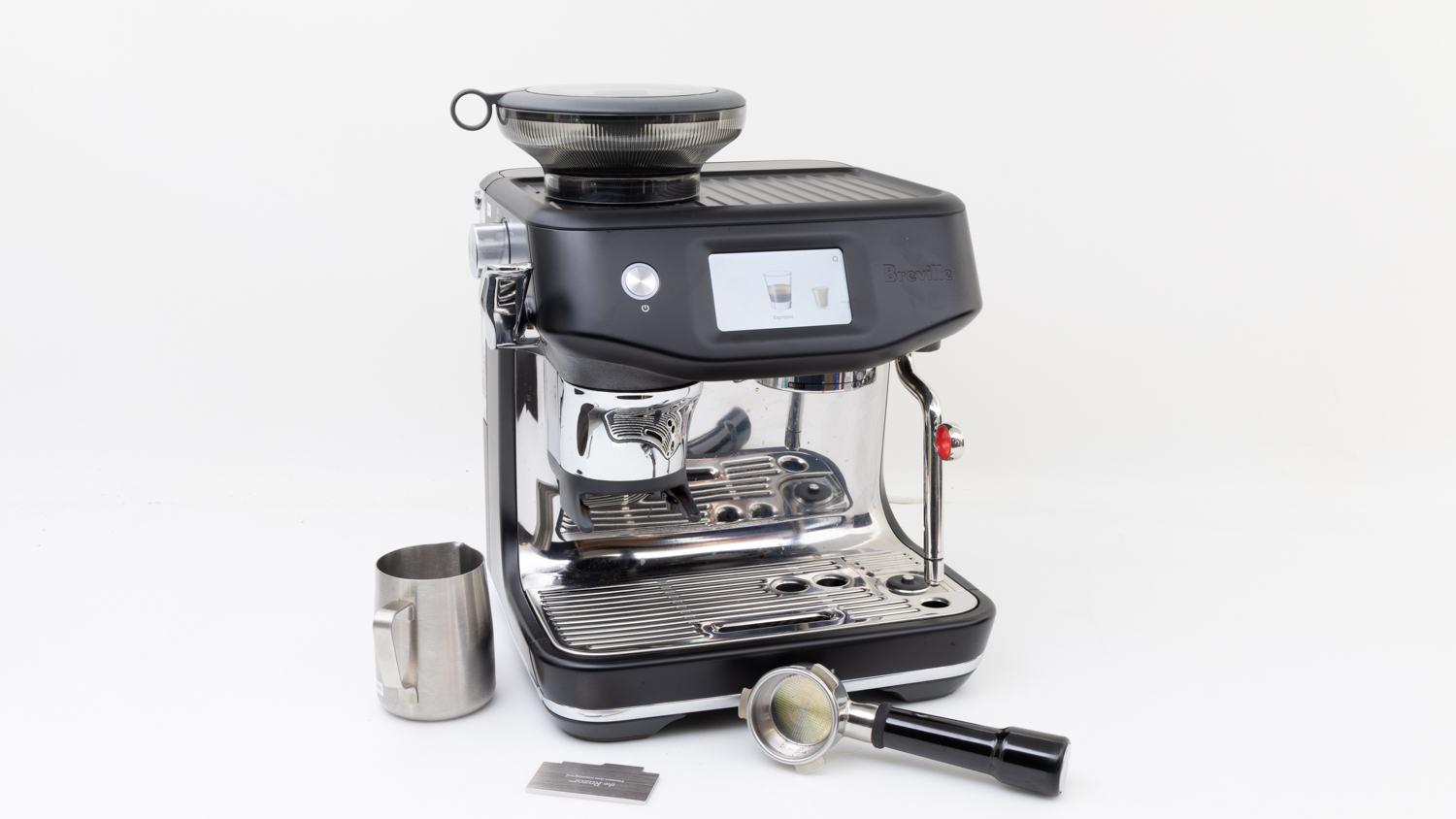
4. Coffee machines are becoming more customisable
There can be quite an art to making the perfect cup of coffee. And whether you’re a newbie or a pro, there’s always room to up your coffee game.
A number of new machines we’ve tested have fancy features that can help you perfect your espresso and customise it to make your coffee exactly how you like it.
Several Breville semi-automatic machines have digital displays that help you fine-tune each step of the coffee-making process. This can give you extra control over your coffee like a manual machine, but with the convenience of a semi-automatic machine.
But you’ll pay more for these features: the Breville Barista Pro is $1199; the Barista Touch Impress is $2299 and the Oracle Touch is a huge $4499. It’s a significant investment, but if you take your coffee seriously and like a bit of tech in the kitchen, you might be prepared to pay these kinds of prices.
Fully automatic machines are the next level in convenience – just press a button and a freshly-ground, freshly-brewed coffee is delivered to your cup. (Some even steam the milk for you, so you don’t have to lift a finger for your cappuccino.)
One drawback of automatic coffee machines is that sometimes you don’t have much control over the coffee-making process, so you can’t tweak it to your liking.
But automatic machine manufacturers are wising up to this and have started including features such as grind adjustment and individual profiles you can save, so everyone in the household gets their preferred coffee made the way they like it.
The Jura Z10 mentioned above has 32 different coffee settings; the Giga 10 has 35. But do you really need that many? It depends on how you plan to use the machine and what you value in a coffee machine.
Fully automated machines can be great for people who entertain regularly, people who just want a coffee pronto without the hassle of making it themselves, or those who like to mix it up and drink different types of coffee.
But you’ll pay for the privilege: prices for decent fully automatic coffee machines start in the high hundreds and can reach more than $6000.
5. Price doesn’t always equal performance
There’s no denying that some high-end coffee machines really deliver the goods. Many expensive machines score very well in our testing and our experts recommend them.
But among the pricey top scoring coffee machines there are plenty of more affordable options that make excellent coffee but cost hundreds or even thousands of dollars less.
For instance, a machine costing less than $500 received the same score in our testing as one priced at nearly $3000, and a $300 machine is one of the highest scoring models that we’ve tested.
Sometimes paying more will snag you a great machine, but there’s no guarantee
And it’s the same at the other end of the spectrum. Plenty of expensive machines scored poorly in our testing, including a semi-automatic machine that costs thousands of dollars.
Sometimes paying more will snag you a great machine, but there’s no guarantee. That’s why we test machines at a range of price points so you can make a more informed decision about where to spend your money.
Check our detailed reviews to find the best coffee machines on the market.

